US President Donald Trump, joined by regional leaders, signed a Gaza peace agreement during a high-profile summit in Sharm el-Sheikh on Monday, describing the event as a “very important signing.”
Trump, who led the summit alongside Egyptian President Abdel Fatah al-Sisi and others, appeared visibly pleased with the outcome, crediting his team for achieving what he described as one of the most difficult diplomatic breakthroughs.
“I thought this was probably going to be the toughest, and maybe in many ways it was, but we had a lot of big talent,” CNN quoted Trump as saying during the ceremony.
“We had an amazing array of talent, and we were helped by, in particular, the countries represented at this table,” he addded.
While the specific contents of the agreement were not immediately disclosed, the signing marks a symbolic milestone in efforts to end the latest round of conflict in Gaza.
“This is a tremendous day for the world, it’s a tremendous day for the Middle East,” AFP quoted Trump as saying as more than two dozen world leaders sat down to talk in the resort of Sharm el-Sheikh.
“The document is going to spell out rules and regulations and lots of other things,” Trump said before signing, repeating twice that “it’s going to hold up.”
As part of President Trump’s ceasefire plan to end the Gaza war, Hamas on Monday released the final 20 surviving hostages it had held for nearly two years in captivity, in what marks a major humanitarian and political milestone.
Impact Shorts
More ShortsIn a reciprocal move, Israel freed 1,968 prisoners, most of them Palestinians, from its jails, according to a statement from the Israeli prison service.
Addressing Israel’s parliament during a visit to Jerusalem, Trump received a lengthy standing ovation and delivered a speech reflecting on the toll of the conflict and the hope that the agreement could bring lasting peace.
“From October 7 until this week, Israel has been a nation at war, enduring burdens that only a proud and faithful people could withstand,” Trump said.
“For so many families across this land, it has been years since you’ve known a single day of true peace,” he added.
“Not only for Israelis, but also for Palestinians and for many others, the long and painful nightmare is finally over.”
In Tel Aviv, crowds gathered in Hostages Square erupted into tears, songs, and emotional embraces as news of the hostage releases began to filter in. While there was joy for those returning, the pain for families of those who didn’t survive captivity remained visible.
Celebrations also broke out in Ramallah, where large crowds welcomed back the first groups of released prisoners with chants of “Allahu akbar” — God is the greatest — as buses arrived.
In southern Gaza’s Khan Yunis, scenes of emotional reunions unfolded as residents climbed onto slow-moving Red Cross buses, embracing their newly freed loved ones with hugs and kisses.
‘Emotion and sadness’
“Welcome home,” Israel’s foreign ministry said in a series of posts on X, hailing the return of the hostages.
On Tel Aviv’s Hostages Square, Noga shared her pain and joy.
“I’m torn between emotion and sadness for those who won’t be coming back,” she said.
Under the ceasefire agreement, Hamas is also due to return the bodies of 27 hostages who died or were killed in captivity, as well as the remains of a soldier killed in 2014 during a previous Gaza conflict.
Israel has said it does not expect all of the dead hostages to be returned on Monday, though the army said it had received the bodies of two captives that were handed over to the Red Cross by Hamas, and that it was still expecting the remains of two more.
Of the prisoners it freed in return, around 250 were security detainees, including many convicted of killing Israelis, while about 1,700 were taken into custody by the Israeli army in Gaza during the war.
On October 7, 2023, militants seized 251 hostages during Hamas’s unprecedented attack on Israel, which led to the deaths of 1,219 people, most of them civilians.
All but 47 of those hostages were freed in earlier truces, with the families of those who have remained in captivity leading lives of constant pain and worry for their loved ones.
‘A new birth’
In Gaza, too, the ceasefire has brought relief, but with much of the territory flattened by war, the road to recovery remains long.
“The greatest joy is seeing my whole family gathered to welcome me,” Yusef Afana, a 25-year-old released prisoner from north Gaza, told AFP in Khan Yunis.
“I spent 10 months in prison – some of the hardest days I’ve ever lived.”
In the occupied West Bank city of Ramallah, meanwhile, Palestinian prisoners released by Israel were met by a cheering crowd so dense that they struggled to get off the bus that delivered them from jail.
“It’s an indescribable feeling, a new birth,” newly released Mahdi Ramadan told AFP, flanked by his parents.
Trump’s visit to the Middle East aims to celebrate his role in brokering last week’s ceasefire and hostage release deal – but much remains to be negotiated.
Among the potential sticking points are Hamas’s refusal to disarm and Israel’s failure to pledge full withdrawal from the devastated territory.
The US leader, however, repeatedly signalled he was confident the ceasefire will hold, saying at a joint appearance with Sisi in Sharm el-Sheikh that talks on the next steps of the plan were underway.
“It’s started, as far as we’re concerned, phase 2 has started,” he said.
“The phases are all a little bit mixed in with each other,” he added.
Trump announced in late September a 20-point plan for Gaza, which helped bring about the ceasefire.
At his appearance with Sisi, he lauded the Egyptian leader as having been “very instrumental” in talks with Hamas.
Sisi, for his part, said Trump was the “only one capable of bringing peace to our region”.
Trump also briefly met with Palestinian president Mahmud Abbas at the summit, which representatives of Israel and Hamas did not attend.
Hamas spokesman Hazem Qassem on Monday urged Trump and the mediators of the Gaza deal to “continue monitoring Israel’s conduct and to ensure it does not resume its aggression against our people”.
Israel’s campaign in Gaza has killed at least 67,869 people, according to figures from the health ministry in the Hamas-run territory that the United Nations considers credible.
The data does not distinguish between civilians and combatants but indicates that more than half of the dead are women and children.
With inputs from agencies


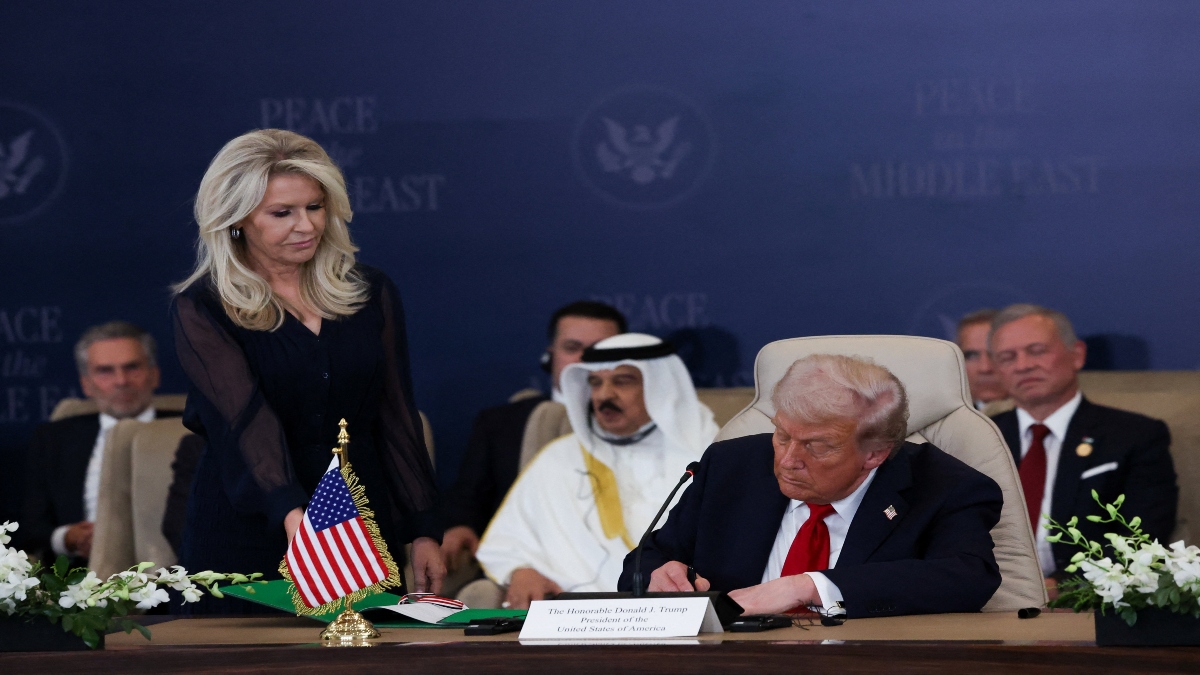)
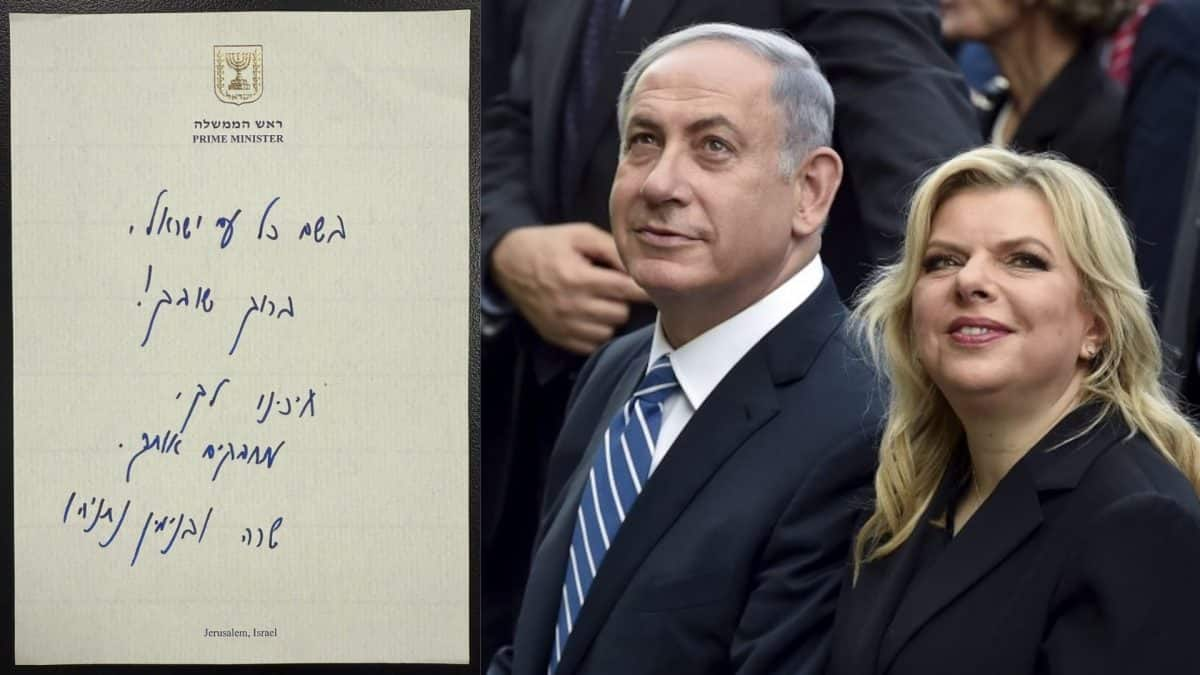
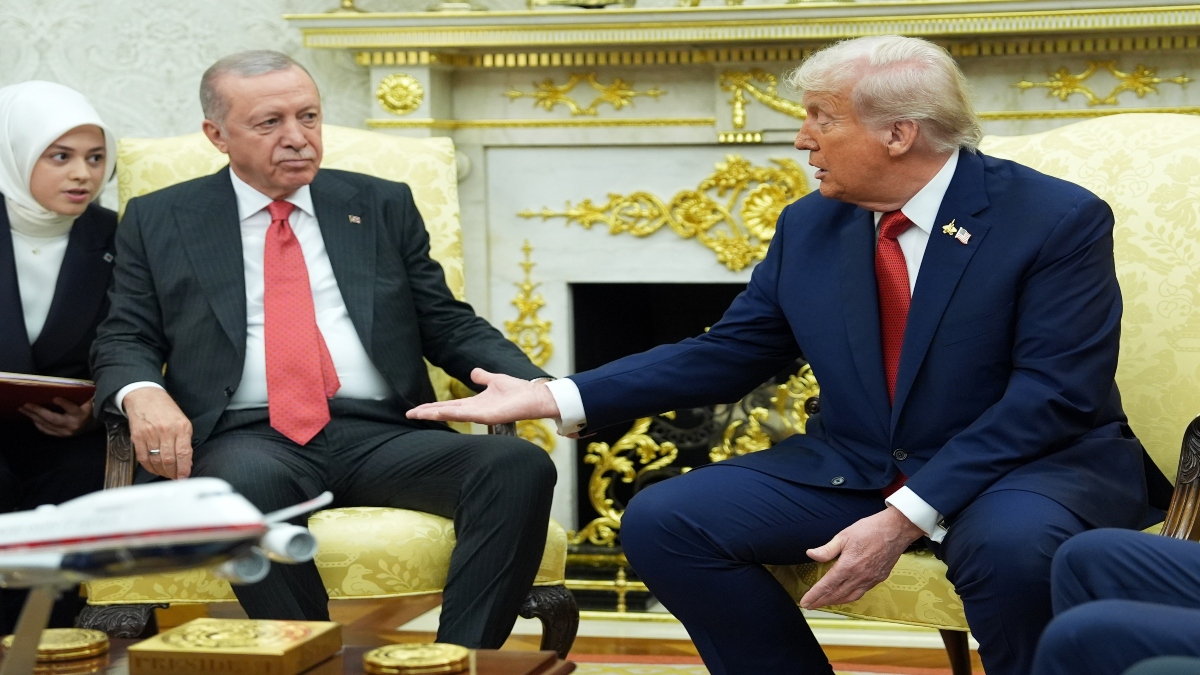)
)
)
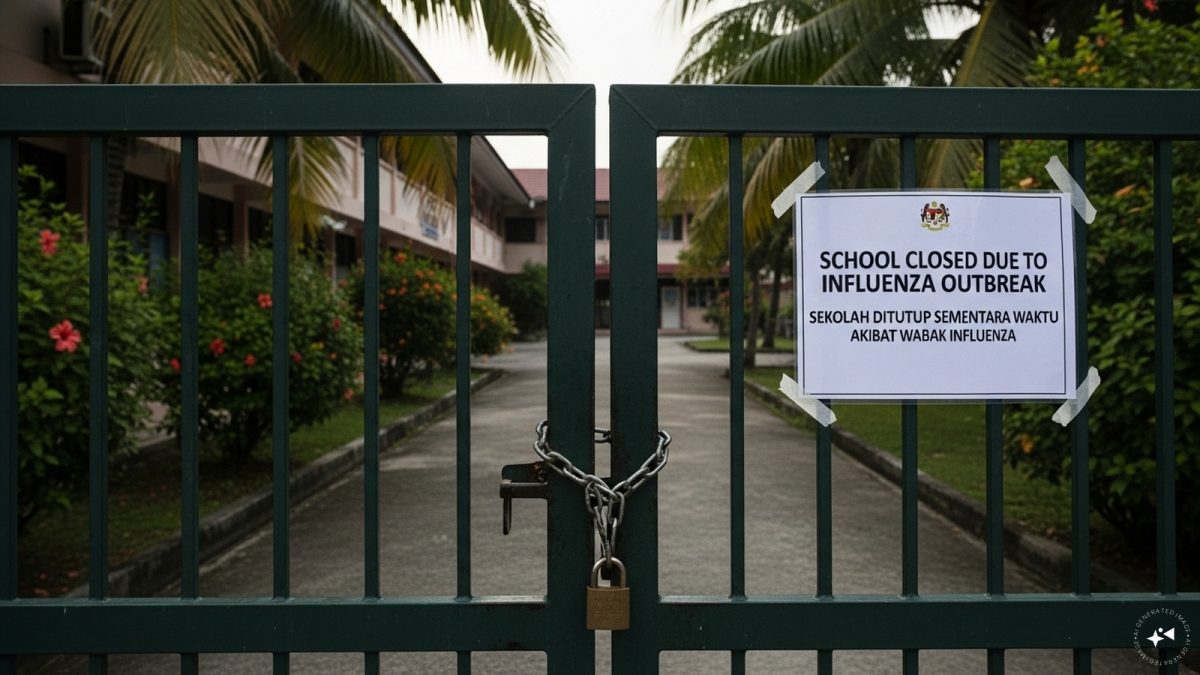)
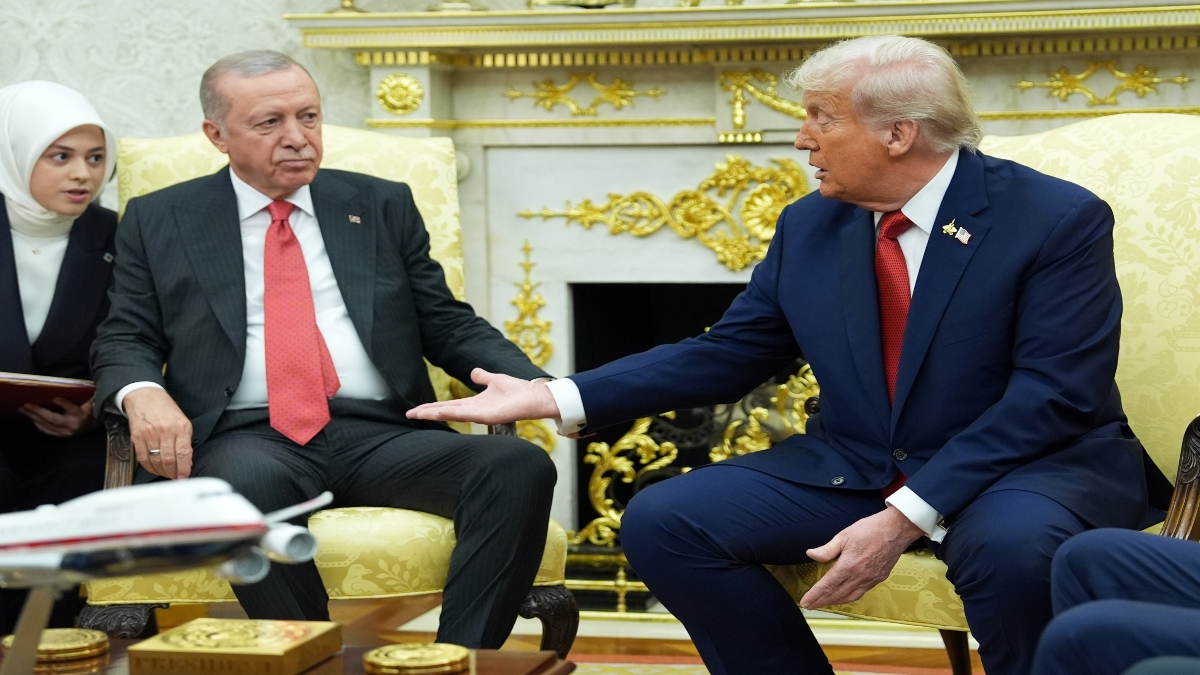)
)
)
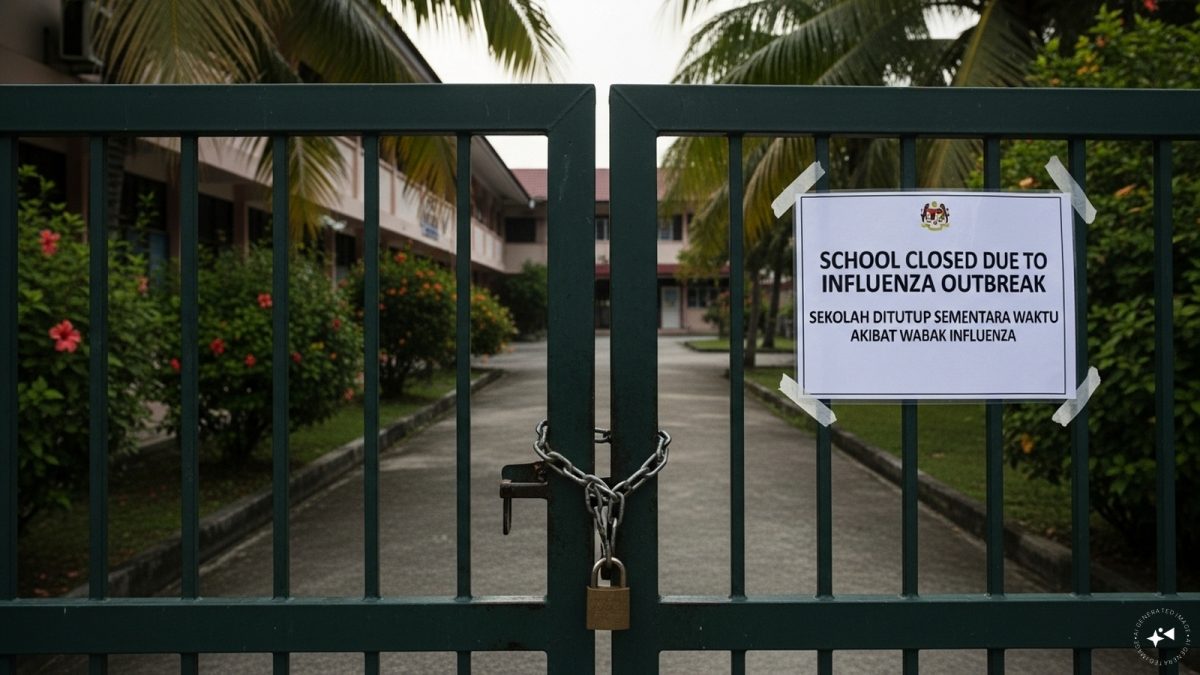)



